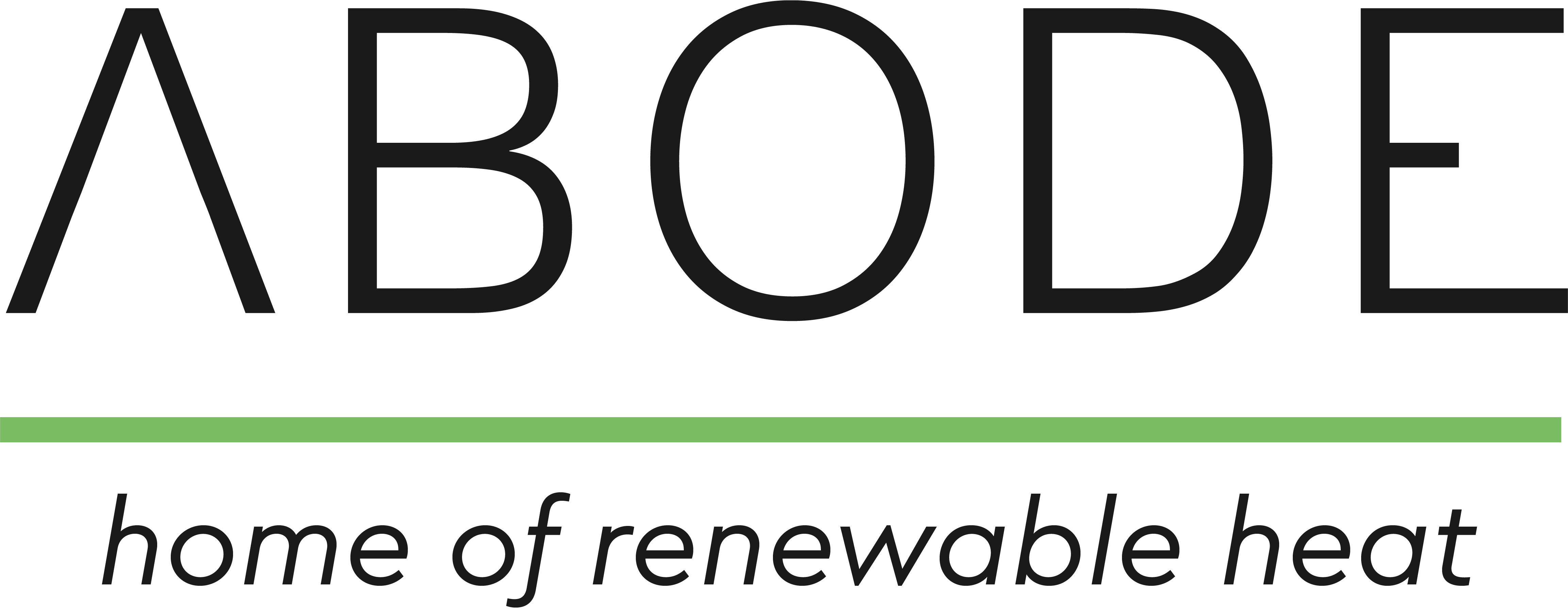Air source heat pumps
Up to 80% of the energy use within a building is for heating and hot water. Air source heat pumps are a renewable, low carbon alternative to high carbon heating systems. Using renewable heating technology, they deliver efficient heating and hot water all year round.
Take a look at some of our previous air source heat pump installations by checking out our Gallery
Benefits of air source heat pumps
Reduced heating bills
Reduced heating bills compared to traditional boiler-based central heating systems or direct electric heaters. Heat pumps provide over 3kW of heat for every 1kW of electricity they consume.
Grant funding payments
The Boiler Upgrade Scheme launches on May 23rd 2022, providing upfront grants of £5,000 for air source, and £6,000 for ground source heat pumps when replacing an existing fossil fuel boiler or direct electric heating system by an MCS accredited installer. T & C’s apply.
Find more details and scheme updates here
Improved air quality
Improved air quality inside and outside the home as no fossil fuels are being burnt.
Reduced carbon emissions
Reduced carbon emissions when compared to traditional fossil fuel boilers and direct electric heaters. Go zero–carbon when combined with a 100% renewable electricity tariff.
Single heating system
Provides all heating and hot water requirements where required. No additional or back-up system required.
Safety
Increased safety inside the home as there is no risk of carbon monoxide build up.
How do air source heat pumps work?
Air source technology
Air source heat pumps work by sitting outside your home and extracting heat from the outdoor air. Air source technology upgrades this renewable heat energy and transfers it inside the home to provide hot water and heating for radiators and / or underfloor heating.
External air source heat pump unit
The unit is ideally positioned on an external wall to minimise pipework length and heat loss.
High quality air source heat pumps have very low noise levels providing more options for location.
A monobloc system is the most common design. The heat pump produces the higher temperature heating in the external unit and is transferred via hot water pipework inside the building. These systems are typically the most efficient and simpler to maintain.
A split system is similar to an air conditioning unit, where the external fan unit is connected to an internal unit via a refrigerant. These systems require higher level maintenance due to the larger volumes of refrigerant, but do reduce heat losses so that the unit can be positioned further away from the building.
System design
System design is critical. Performance and efficiency are affected by the change in air temperature across the year.
The heat pump has to be able to efficiently meet the heating and hot water demand of the building at the lowest external air temperatures in winter.


